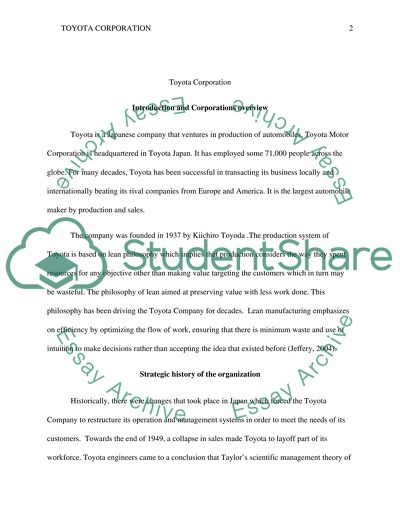Cite this document
(“Orgabizational analysis---TOYOTA Research Paper”, n.d.)
Orgabizational analysis---TOYOTA Research Paper. Retrieved from https://studentshare.org/marketing/1597120-orgabizational-analysis-toyota
Orgabizational analysis---TOYOTA Research Paper. Retrieved from https://studentshare.org/marketing/1597120-orgabizational-analysis-toyota
(Orgabizational Analysis---TOYOTA Research Paper)
Orgabizational Analysis---TOYOTA Research Paper. https://studentshare.org/marketing/1597120-orgabizational-analysis-toyota.
Orgabizational Analysis---TOYOTA Research Paper. https://studentshare.org/marketing/1597120-orgabizational-analysis-toyota.
“Orgabizational Analysis---TOYOTA Research Paper”, n.d. https://studentshare.org/marketing/1597120-orgabizational-analysis-toyota.


